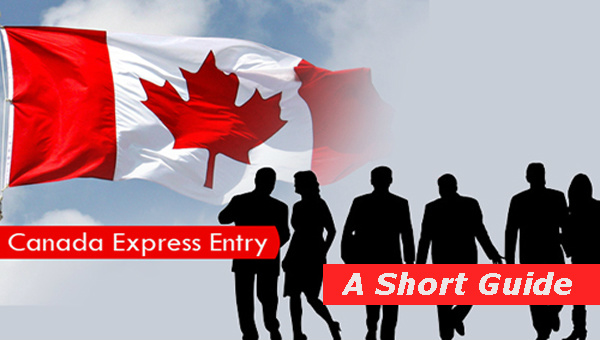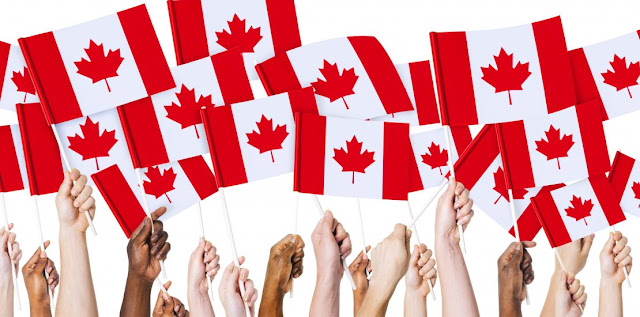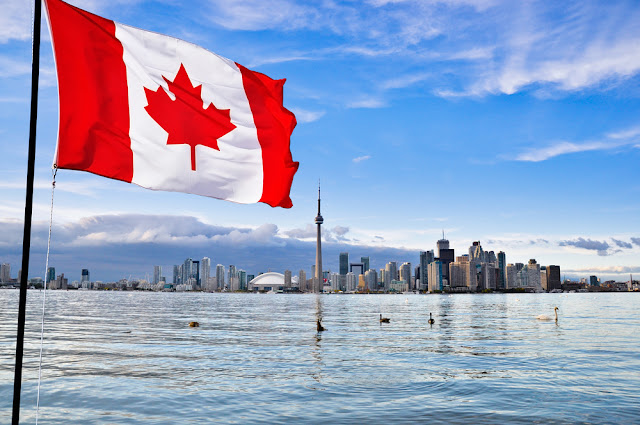From 2006 to 2011, Canada welcomed 1,162,900 immigrants

From 2006 to 2011, Canada welcomed 1,162,900 immigrants. The migration of Asia and the Middle East continues to be the primary basis, which is 661,000 in Canada or 56.9% of the new arrivals. Europe was the second largest source of some 159,700 people, but only 13.7 percent of the new people are new. The migration of Africa, the Caribbean, Central America and the South America has increased steadily since 2006. Currently Canada has a total of three immigrants from Canada, up to 145,700, or 12.5 percent of recent people. Migration from other Caribbean, South America, and Central America to the top, and 12.3% of all from 2006 to 2011. The NHS said at the same time, the Finnish country gave the highest number of immigrants to Canada. In 2011, 13.1 percent of immigrants were born in the Philippines, 10.5 percent in China and 10.4 percent in India. The United States, Pakistan, the United Kingdom, Iran, South Korea, Colombia and Mexico have recently been excluded from the list of ten majo...



